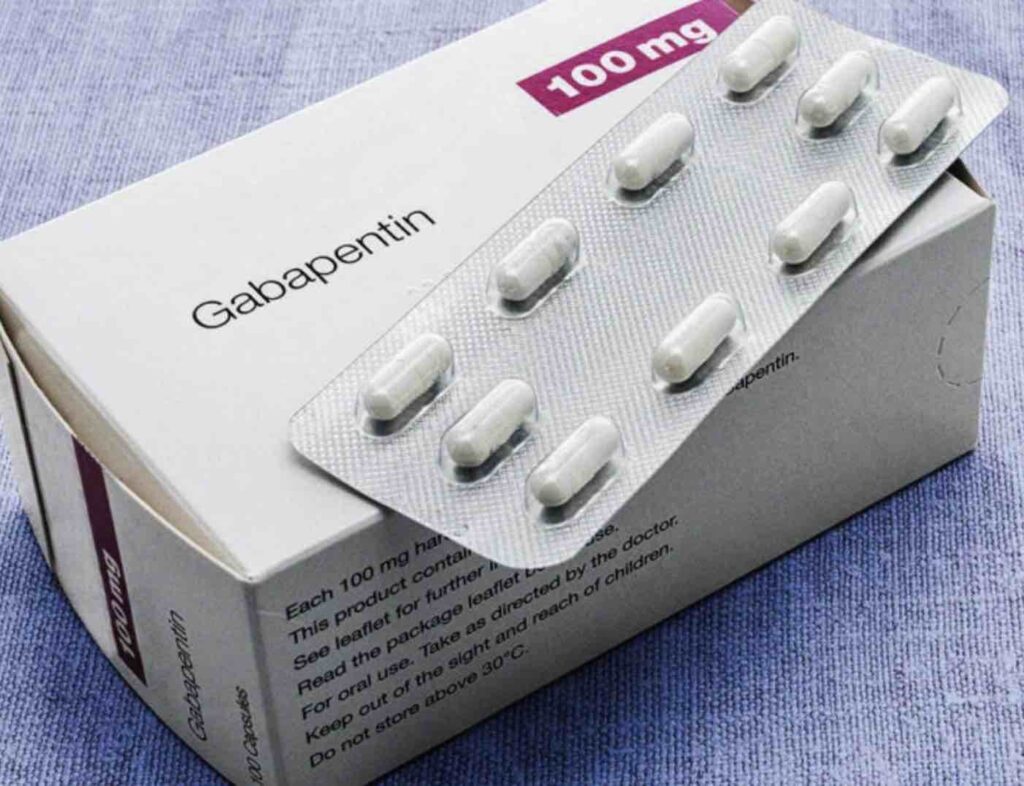Read about how the Gabapentin high is contributing to the opioid crisis.
How a Non-Opioid Prescription Drug is Worsening the Opioid Crisis
Addiction is a devastating public health crisis and, in some countries, a national emergency. Its effects are so widespread that it’s has lowered the life expectancy in the US, and drugs and alcohol account for one in 20 deaths in Australia, highlighting the need for increased access to quality addiction treatment.
One of the addictions of most concern for healthcare experts and policymakers is opioid addiction. Opioid addiction has risen to astronomical levels in recent years, killing more people, and younger, than ever before: one-fifth of all deaths of Americans aged 24 to 35 in 2016 were opioid-related. Governments are taking steps to address the crisis, but the chronic shortage of resources to combat opioid addiction means these efforts will take time and significant investment. Meanwhile, people continue to die, and opioid abuse becomes increasingly hard to stop.
Addiction itself is often characterised by resourcefulness borne out of desperation: for instance, a legitimate prescription for opioids can evolve into an addiction, leading to illegal actions such as doctor shopping and even buying heroin or fentanyl on the streets. Addicts often use creative means to get their drug of choice and enhance their high, and the latest of these is the prescription medication gabapentin.
What is Gabapentin?
Gabapentin, sold under brand names Neurontin, Gralise, and Horizant, is a medication marketed as an anticonvulsant that treats seizures and nerve pain. It was first approved for use in 1993 to treat epilepsy, and it has long been considered versatile and safe. It’s frequently used off-label to treat conditions like anxiety disorder and migraines, and in 2016 Gabapentin was the 10th most prescribed medication in America.
Gabapentin is part of the GABA analogue drug class, which is a group of drugs that calm the nervous system by mimicking the function of the amino acid GABA. GABA is responsible for slowing down nerve cells when they begin firing too much, which can causes anxiety, seizures, reduced pain tolerance and high blood pressure. Gabapentin increases pain tolerance by changing the way pain is sensed, and can have an overall calming effect.
Gabapentin is marketed as an anticonvulsant, though it’s prescribed for many off-label uses including bipolar disorder and restless leg syndrome. Manufacturer Pfizer was fined in 2004 for marketing Gabapentin for off-label uses, but the drug’s popularity for a wide range of ailments hasn’t waned. Gabapentin’s side effects are usually mild, but it can sometimes causes drowsiness, fever, vomiting and hostility.
The Hidden Dangers
However, gabapentin isn’t quite as harmless as doctors thought, and concerning reports of misuse have been cropping up in recent years. Gabapentin toxicity began to be mentioned more frequently in urgent care reports, and officials noticed a disturbing pattern: the drug was frequently associated with opioid overdoses. When US state Kentucky found that gabapentin was a factor in one-third of all the state’s drug-related deaths in 2016, the drug was quickly designated as a controlled substance.
Gabapentin abuse is not completely understood by the medical community yet, but a common theory is emerging. Gabapentin’s status as a ‘potentiate’ means it’s used to enhance the effects of other drugs, and opioid users have caught on to this fact. Fifty-six percent of those who use illicit gabapentin are also using an opioid, and others reported using muscle relaxants, anxiety medication or illicit drugs with gabapentin. And though gabapentin is only abused by 1 percent of the general population, between 15 and 22 percent of people who abuse opioids also misuse gabapentin.
Doctors may be reluctant to make any definitive claims about gabapentin’s illicit uses, but they do seem to agree that it’s not particularly strong and causes limited damage on its own. The effects of a large dose of gabapentin include drowsiness and slight euphoria, but they’re far weaker than the effects of opioids like heroin or fentanyl (though that hasn’t stopped some users from taking large quantities of gabapentin in rehab to maintain a high).
Is Gabapentin The Most Dangerous Drug in America?
In 2017 a Facebook post deeming gabapentin the new prescription drug killer and calling it “worse than opioids” went viral. It was loosely based on a story published on Kaiser Health News about the dangers of gabapentin, though the original story did not make any such claims. The report was debunked by fact-checking site Snopes, with the website concluding that, while the potential for gabapentin misuse had been underestimated, those who use the drug as prescribed should not be alarmed.
And though the presence of gabapentin in one third of overdose victims in Kentucky is concerning, this statistic is more reflective of the nature of substance abuse than any specific danger of gabapentin alone. To put this in perspective, Snopes notes that THC, the active compound in marijuana, was found in a quarter of overdose cases. THC is incapable of causing overdose. Though gabapentin poses significant danger as an opioid enhancer and low grade opioid substitute, the claims of it being worse than opioids were overblown.
Though the viral Facebook post was inaccurate, it hopefully caused some gabapentin users to re-examine their relationship with the drug. One patient reported vertigo, hot flashes, intestinal symptoms and migraines from slowly tapering off gabapentin she was prescribed for nerve pain, and regretted taking it in the first place. This is a good reminder that, though gabapentin is seen by doctors as a versatile cure-all, it should not be prescribed without caution, and should be promptly tapered when the patient no longer has need for it.
Gabapentin and Addiction
Gabapentin’s popularity among opioid users clearly displays the complexity of substance abuse, and the confusion among lawmakers and the medical community shows that more sensitivity and study around the abuse of multiple drugs is necessary.
Co-occurring substance use disorders and polysubstance dependence have received little attention, but one German addiction study found that as many as 40 percent of young adults who abuse one substance also abuse at least one other substance. Policymakers and medical professionals often think of each substance use disorder as separate, treating the opioid crisis as completely separate from the alcoholism epidemic, but these distinctions don’t do patients any favours. And in fact, one study found that 23.4 percent of those surveyed suffered from both alcohol use disorder and opioid use disorder. Of course, each type of addiction will bring specific challenges, but the frequent overlap between addictions shows that a deeper understanding of addiction as a whole is urgently needed.
How Did It Get so Out of Control?
The widespread availability of gabapentin is due to its perceived versatility, low risk and low cost. Doctors have come to rely on gabapentin as an all-purpose pain medication and mental health solution, often without understanding the drug’s intended use. Though it was originally intended for nerve pain, doctors prescribe gabapentin for all types of pain in an effort to avoid exposing patients to opioids.
Gabapentin is also commonly prescribed alongside an opioid, again under the assumption that it’s a safe addition to a pain regimen. One Canadian study concluded that physicians should reconsider this practice, as the risk of opioid-related death increased substantially among patients who took gabapentin along with opioids.
The low street cost of gabapentin is also a factor in its popularity. One pill — “gabbies” or “johnnies” as they’re called on the street — goes for about 75 cents. Gabapentin is also sold at rehab centres, prisons and anywhere else where drug users want to stay high without failing drug tests.

Treating Gabapentin Addiction
If you’re struggling with gabapentin use disorder, you need a rehab that understands the unique nature of co-occurring substance use disorders. At Siam Rehab, we’re experienced in treating dual diagnoses, and we tailor our programs to address each of your specific needs.
Our combination of evidence-based therapy, community groups, mindfulness meditation, equine-assisted therapy and emphasis on physical fitness will ensure that you will come out of your treatment feeling mentally and physically stronger, and our beautiful facilities in Chiang Rai, Thailand will instantly put your mind at ease. If you’re ready to leave gabapentin use behind you once and for all, contact us today to see what treatment options are available for you.

